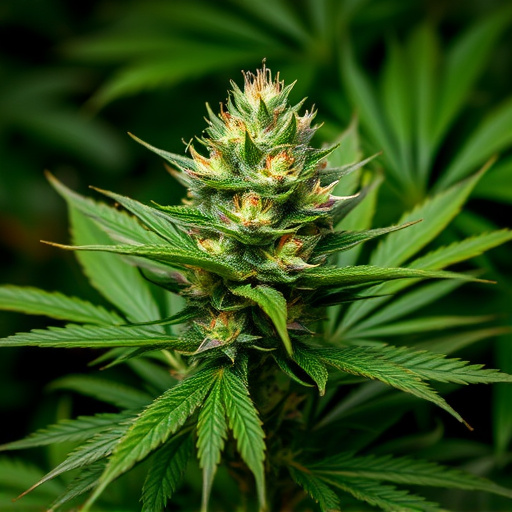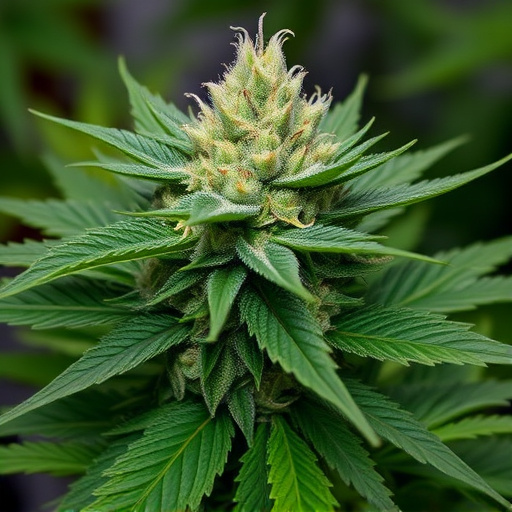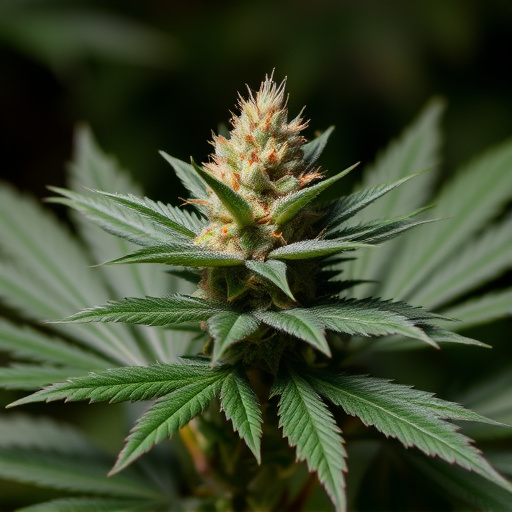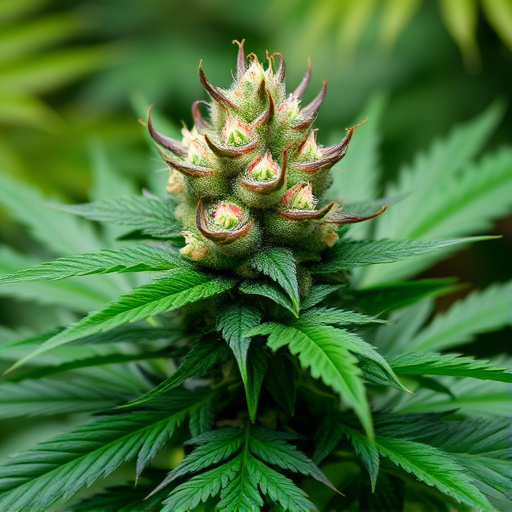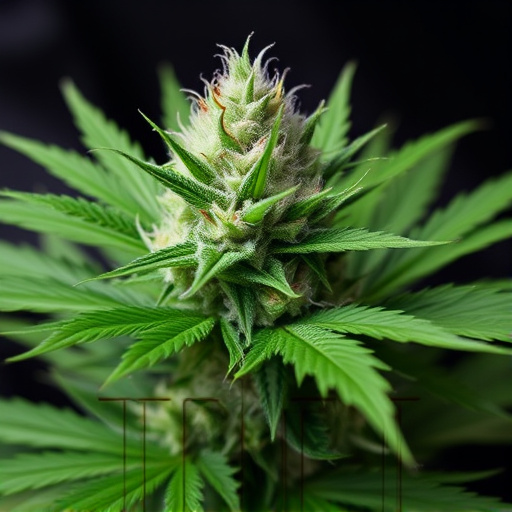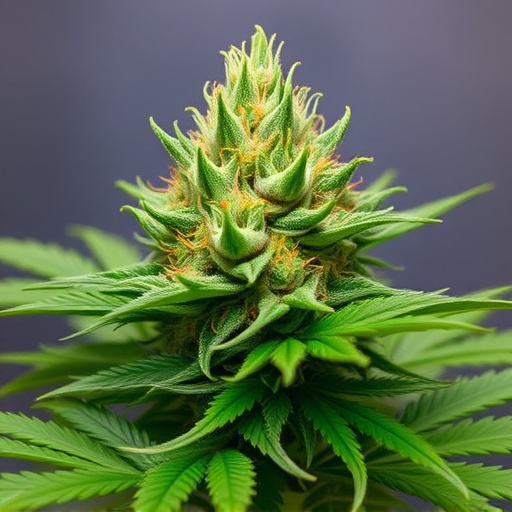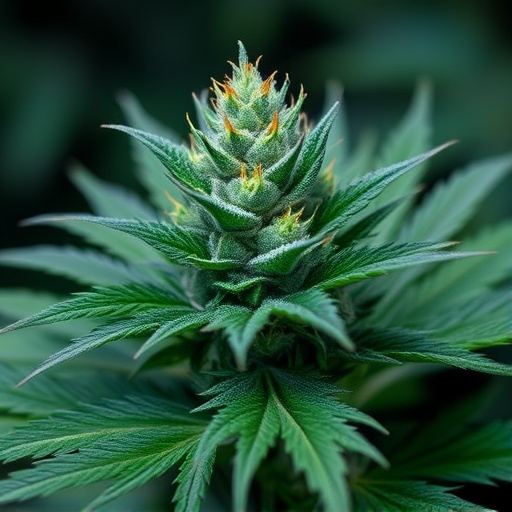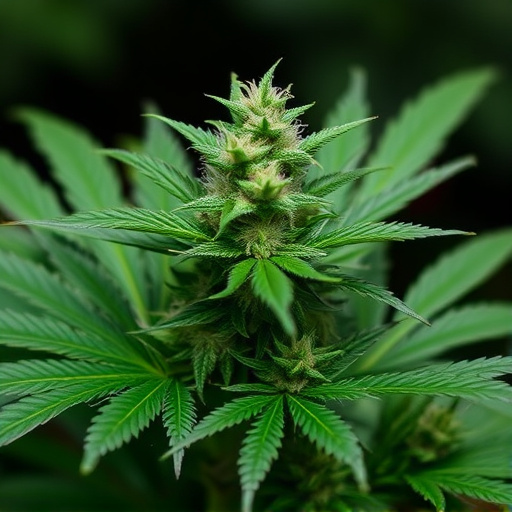Cultivating high-quality top cannabis strains in 2025 hinges on precise control of environmental factors, including lighting, temperature, humidity, and nutrients. Various cultivation methods produce unique terpene profiles to cater to diverse consumer preferences. Advanced techniques, such as proactive pest management, nutrient optimization, and genetic modifications, ensure these top cannabis strains in 2025 maintain exceptional quality and potency, setting a benchmark for horticultural excellence.
“Unraveling the secrets behind high-quality weed begins with understanding the intricate factors that shape its cultivation. From nurturing practices to genetic makeup and post-harvest treatments, each step significantly influences the final product. This comprehensive guide delves into the art of cannabis cultivation, exploring environmental nuances, advanced growing techniques, and the science behind terpene profiles.
We also shine a spotlight on the top cannabis strains expected to dominate 2025, providing insights into their unique genetic traits and therapeutic benefits. By dissecting cultivation practices, genetics, and harvesting methods, this article equips readers with knowledge to discern exceptional weed.”
- Cultivation Practices and Their Impact
- – Environmental Factors: Lighting, temperature, humidity, soil quality
- – Nutrient Management: Pests, diseases, and nutrient levels
Cultivation Practices and Their Impact

The cultivation practices employed play a pivotal role in shaping the quality of cannabis plants, significantly influencing both their potency and overall user experience. In today’s competitive market, where consumers seek top cannabis strains in 2025, understanding these practices is paramount. Growers utilize various techniques to optimize conditions, ensuring each plant reaches its maximum potential. This includes meticulous control over lighting, temperature, humidity, and nutrient delivery, creating an ideal environment for robust growth and abundant resin production.
Additionally, cultivation methods like organic farming, hydroponics, or soil-based systems contribute to distinct flavor profiles and terpene compositions. Each approach offers unique advantages, catering to diverse consumer preferences. As the industry evolves, advanced cultivation techniques promise even higher-quality cannabis in the future, solidifying the reputation of top cannabis strains in 2025 as the pinnacle of horticultural excellence.
– Environmental Factors: Lighting, temperature, humidity, soil quality
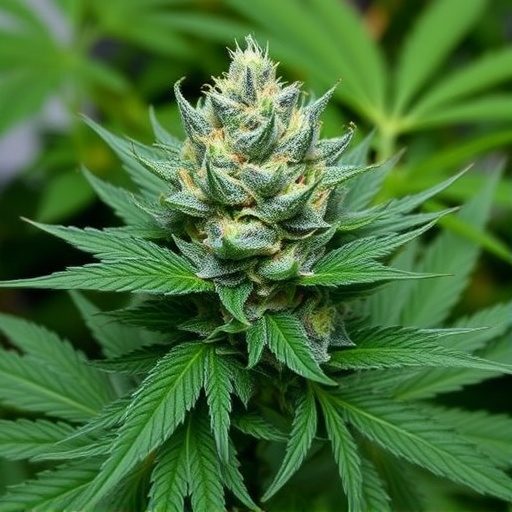
In the quest for exceptional top cannabis strains 2025, environmental factors play a pivotal role in shaping the final product. Lighting, temperature, humidity, and soil quality are the unsung heroes behind the cultivation of not just high-quality weed, but also the diverse range of terpene profiles that contribute to its unique effects and aromas.
Proper lighting, for instance, is crucial for photosynthesis, driving the growth and development of the plant. Balanced temperature and humidity levels foster optimal conditions for cannabis plants to thrive, influencing their overall health and the potency of their compounds. High-quality soil enriched with essential nutrients acts as a foundation, enabling the plant to absorb necessary elements that translate into robust and aromatic flowers. These environmental factors collectively contribute to the complex interplay of cannabinoids and terpenes, ultimately determining the exceptional characteristics sought after by cannabis enthusiasts.
– Nutrient Management: Pests, diseases, and nutrient levels
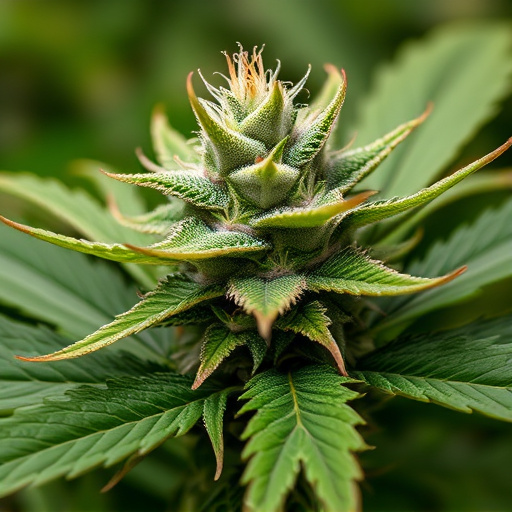
In the pursuit of cultivating high-quality weed, nutrient management plays a pivotal role in shaping the final product. Pests and diseases can significantly impact cannabis plants, leading to reduced yield and diminished potency. Therefore, proactive pest and disease management strategies are essential for ensuring optimal plant health. Balancing nutrient levels—particularly nitrogen, phosphorus, and potassium—is crucial for promoting robust growth and maximizing cannabinoid production. Top cannabis strains in 2025 often boast enhanced resistance to pests and diseases, reflecting advancements in cultivation techniques and genetic modifications that cater to these specific needs.
Moreover, proper nutrient management involves regular soil or water testing to gauge pH levels and nutrient availability. Adjustments can then be made accordingly to meet the plants’ requirements at each growth stage. By carefully monitoring and managing nutrients, cultivators can foster robust root systems, encourage healthy canopy development, and ultimately produce top-tier cannabis that meets the evolving demands of discerning consumers in 2025.
Determining the quality of weed involves a intricate interplay of cultivation practices and environmental factors. As we move towards 2025, understanding lighting, temperature, humidity, soil health, and effective nutrient management will be key in cultivating the top cannabis strains. By focusing on these elements, growers can ensure consistent, high-quality yields that meet consumer expectations for both potency and flavor.



